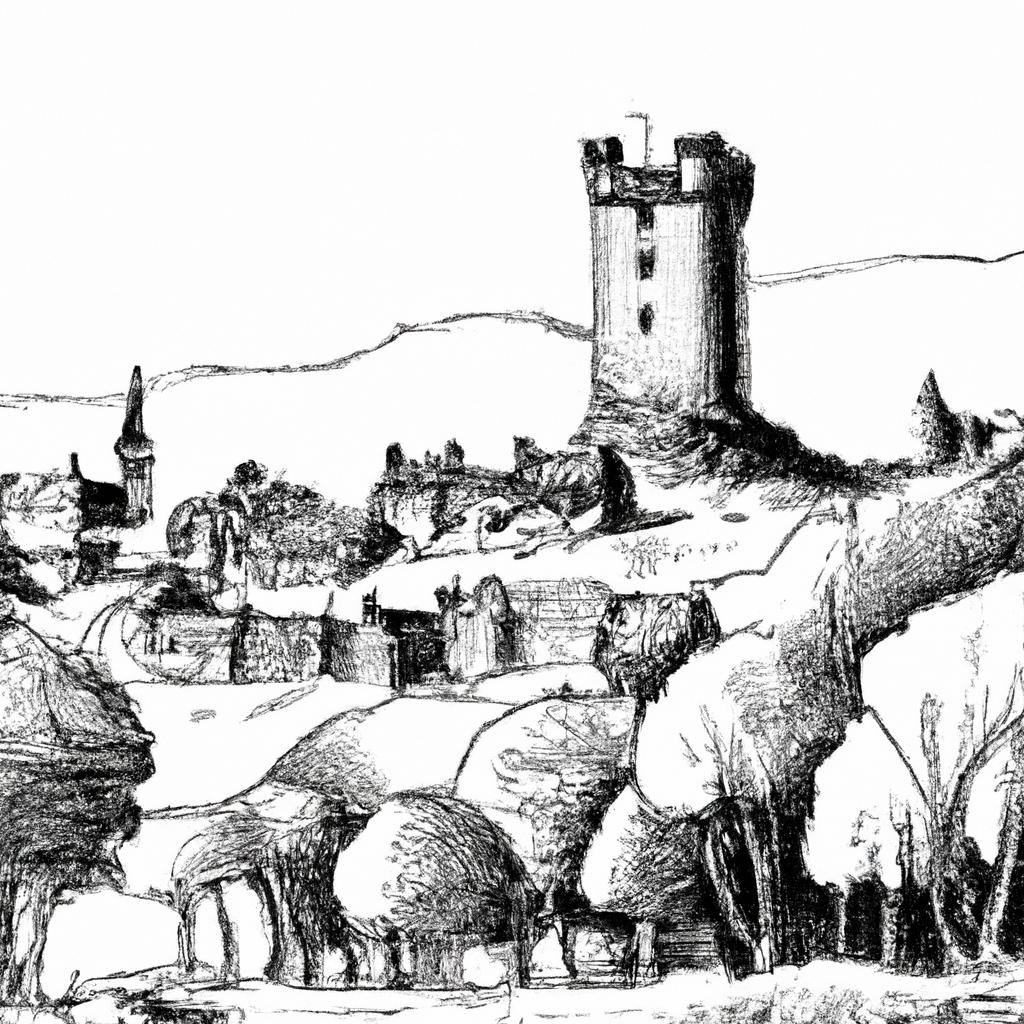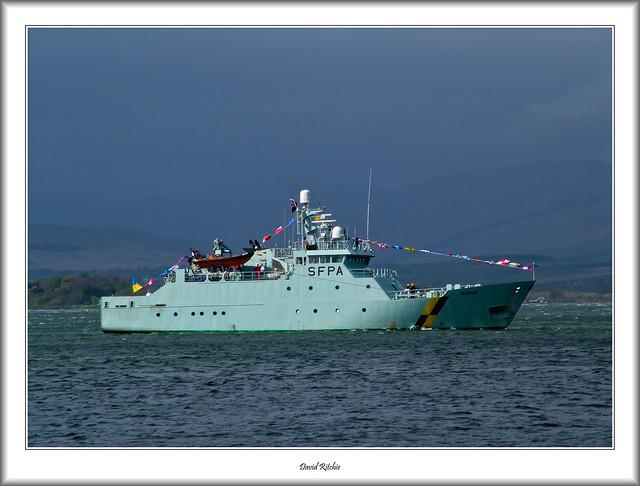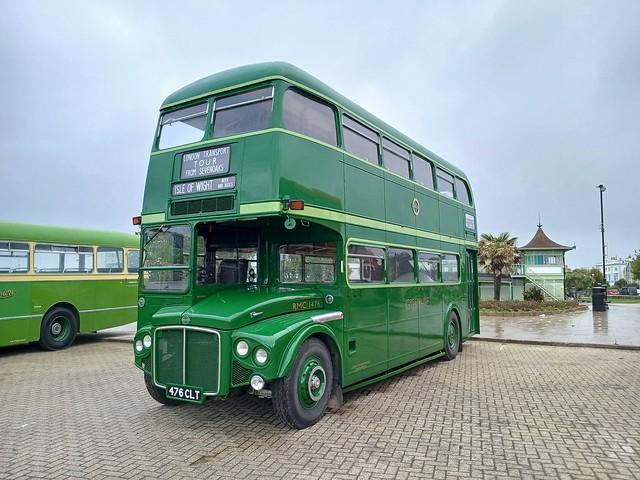Clackmannanshire
Overview
Clackmannanshire Overview:
Clackmannanshire, affectionately known as "The Wee County," is the smallest historic county in Scotland. Despite its modest size, it boasts a rich tapestry of history and culture, nestled between the River Forth and the Ochil Hills. This area is known for its picturesque landscapes and historic sites, including the ancient standing stones at Tullibody and the impressive ruins of Clackmannan Tower. The county offers a blend of traditional Scottish culture with modern attractions, making it a unique destination for young travelers who are interested in both history and contemporary Scottish life.
Best Time to Visit and Activities:
The high season for tourism in Clackmannanshire is during the summer months, from June to August, when the weather is generally mild and more conducive to outdoor activities. This period sees longer days and warmer temperatures, ideal for exploring the great outdoors. Teenagers can take advantage of hiking and cycling trails in the Ochil Hills, or participate in water sports on the River Forth. Cultural festivals and local Highland games, which often occur in the summer, provide a fantastic opportunity to experience Scottish traditions and hospitality firsthand.
Preparation for the Trip:
Before traveling to Clackmannanshire, it's important for visitors to prepare adequately to make the most of their trip. Essential preparations include packing appropriate clothing for variable weather — layers are key, as conditions can change rapidly. Ensure you have both rain gear and sun protection to handle the unpredictable Scottish weather. Additionally, researching local transportation options is advisable, as having a plan for getting around can help maximize your visit. Lastly, familiarize yourself with some basic Scottish customs and phrases to enrich your interaction with locals and enhance your overall experience in this charming part of Scotland.
How It Becomes to This
History not available

You May Like
Explore other interesting states in United Kingdom









